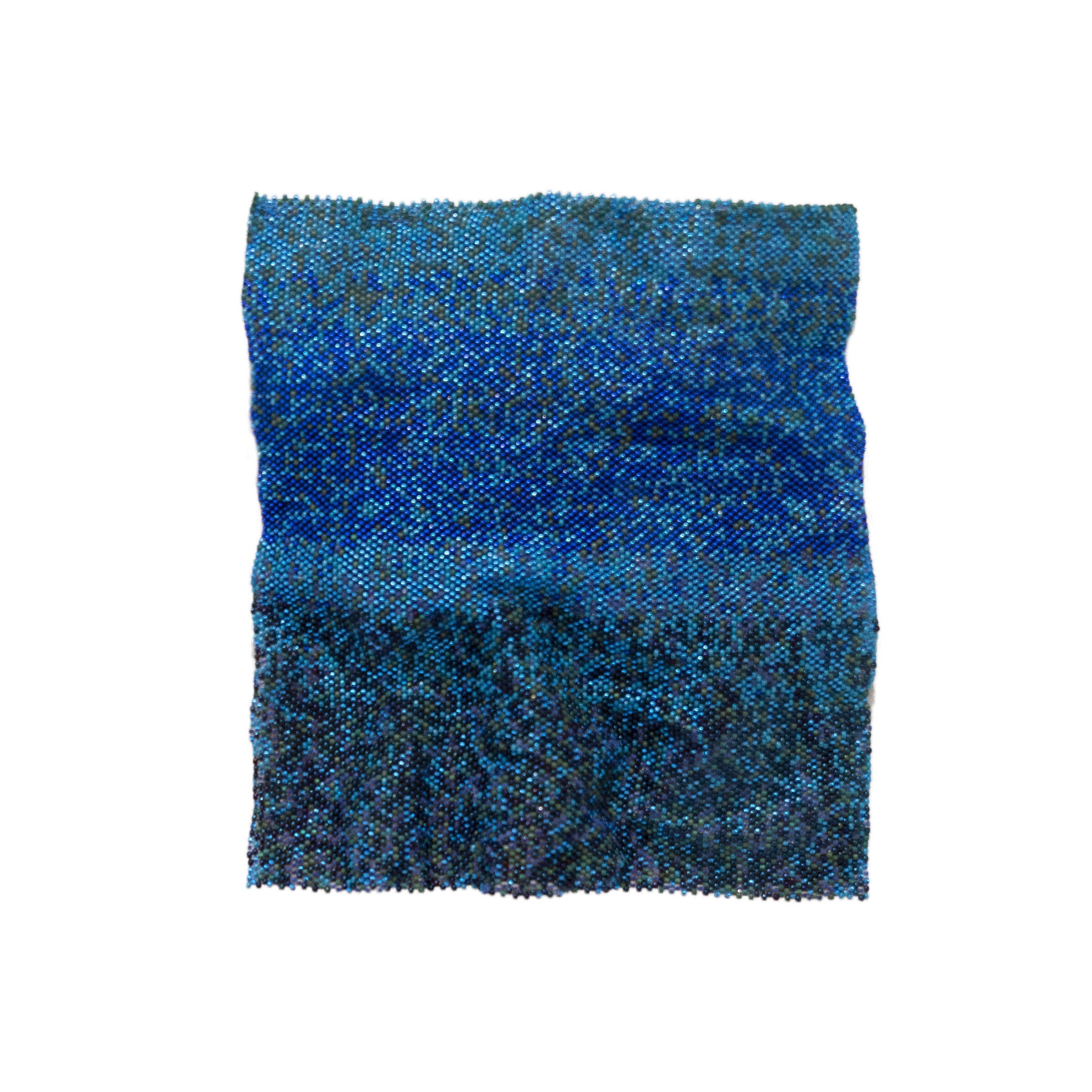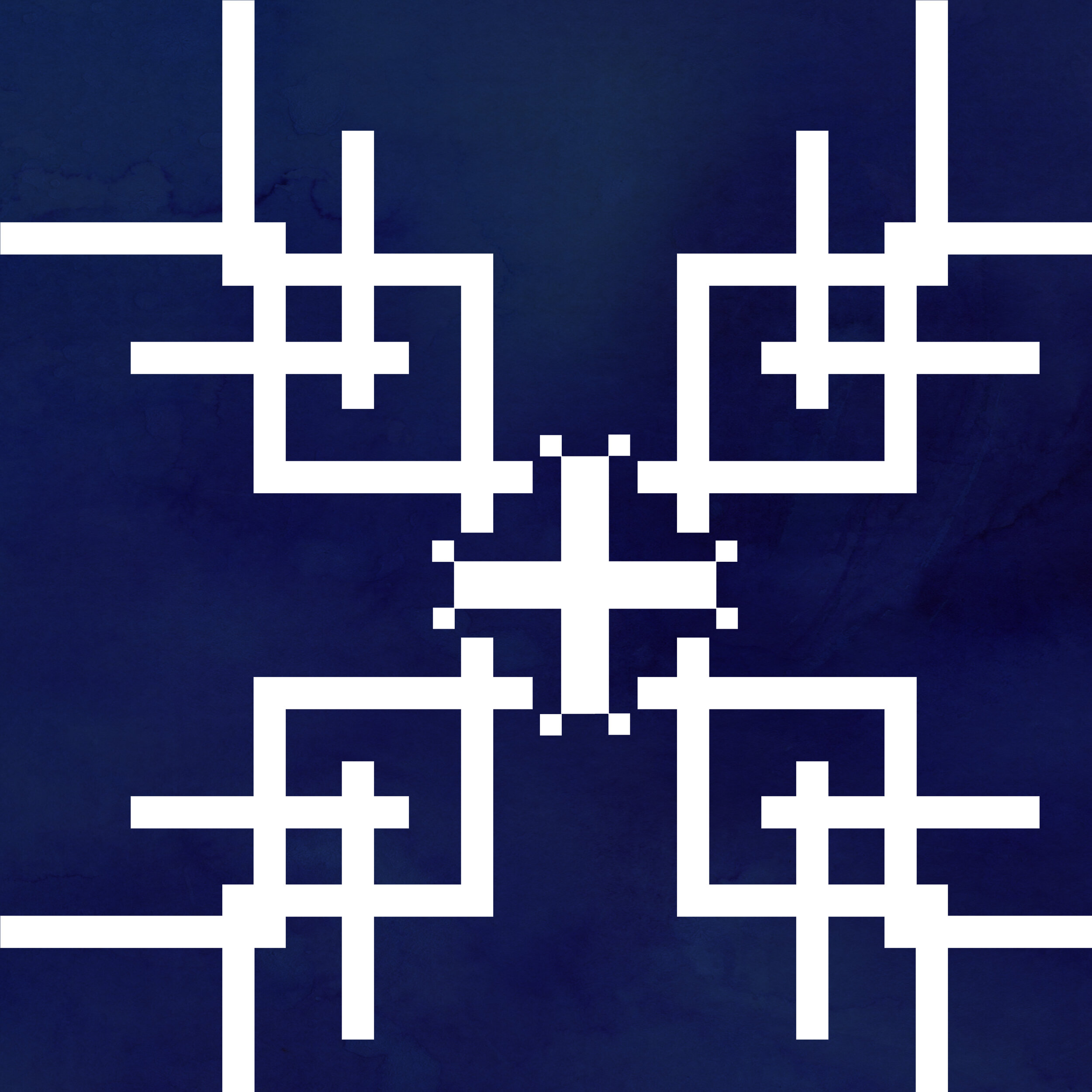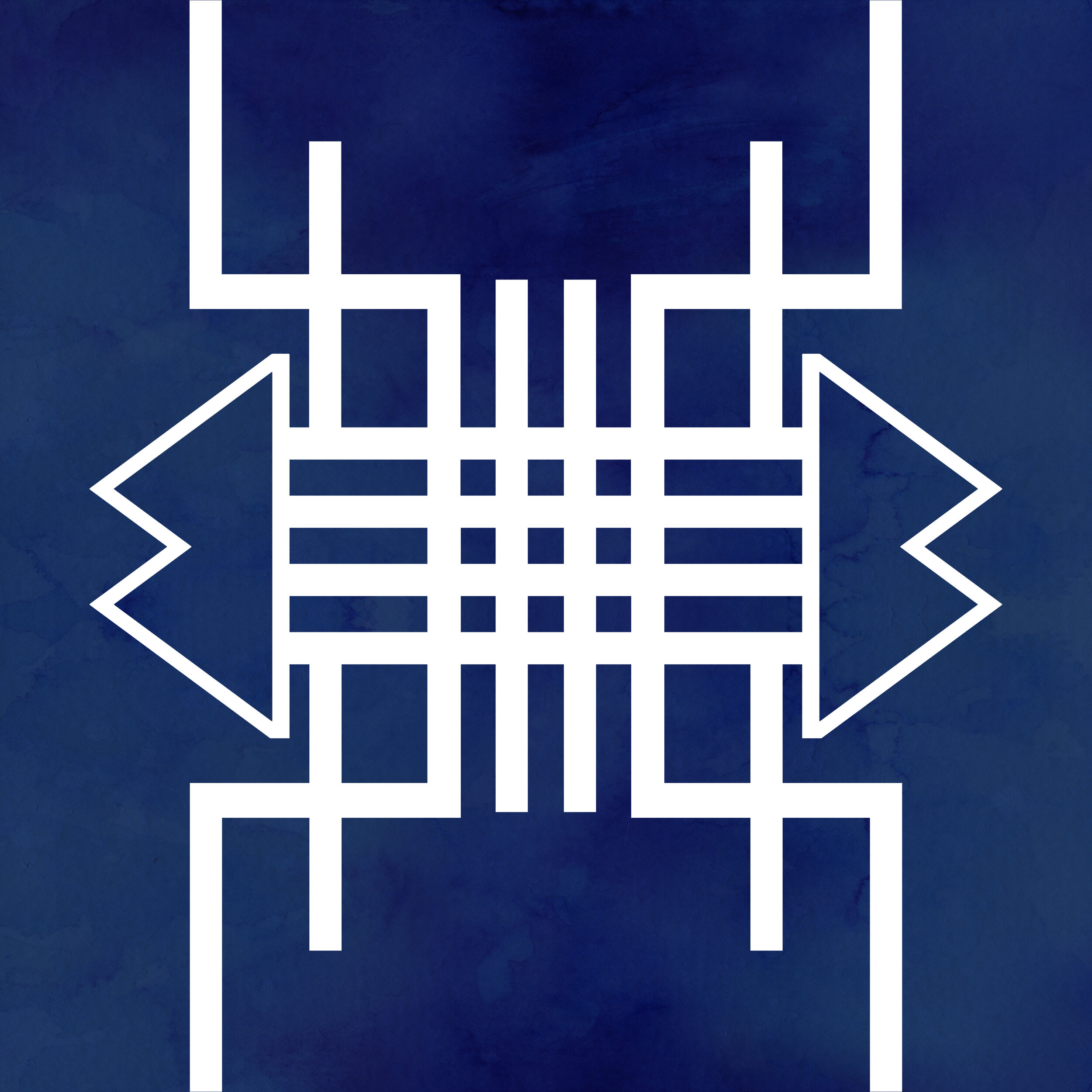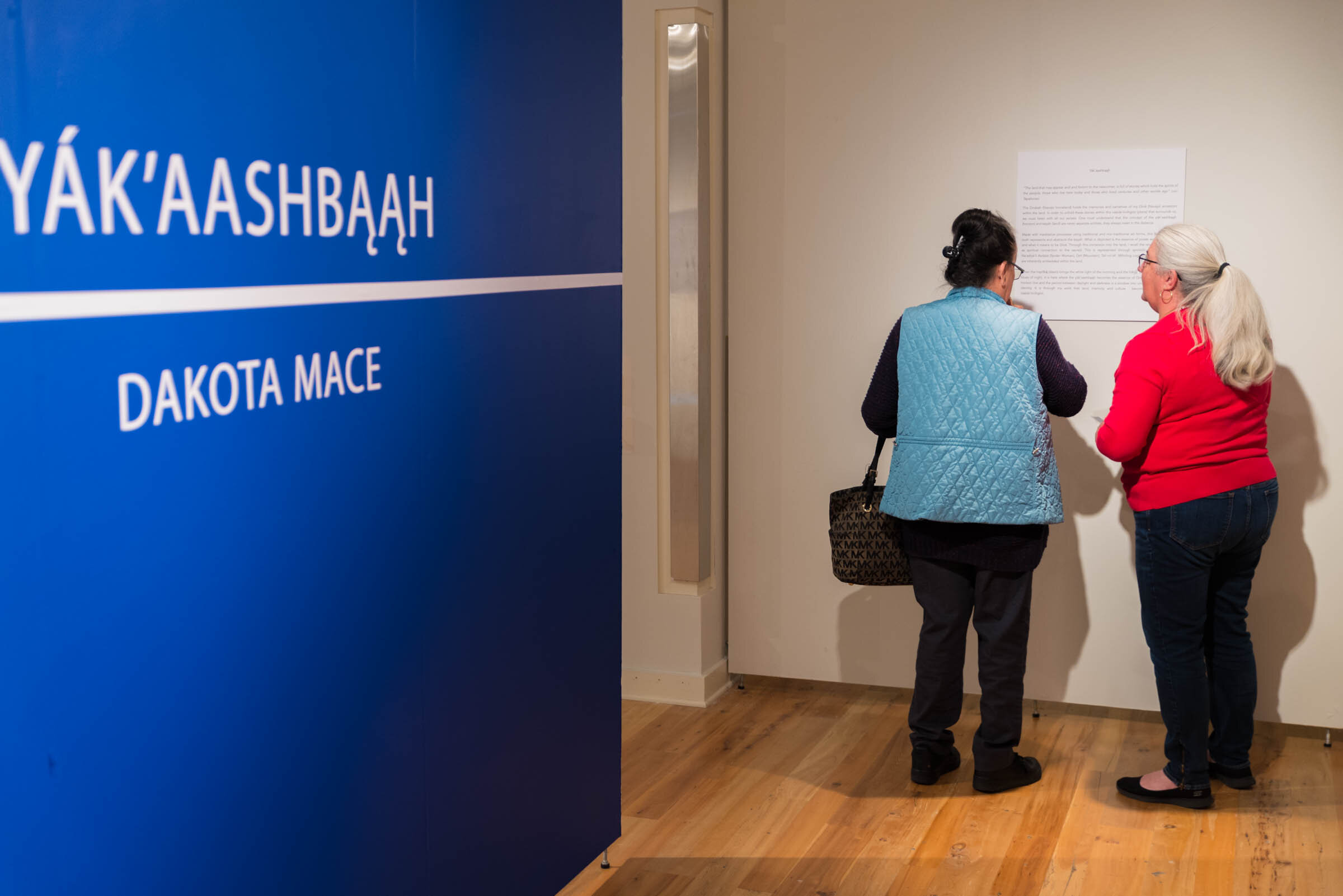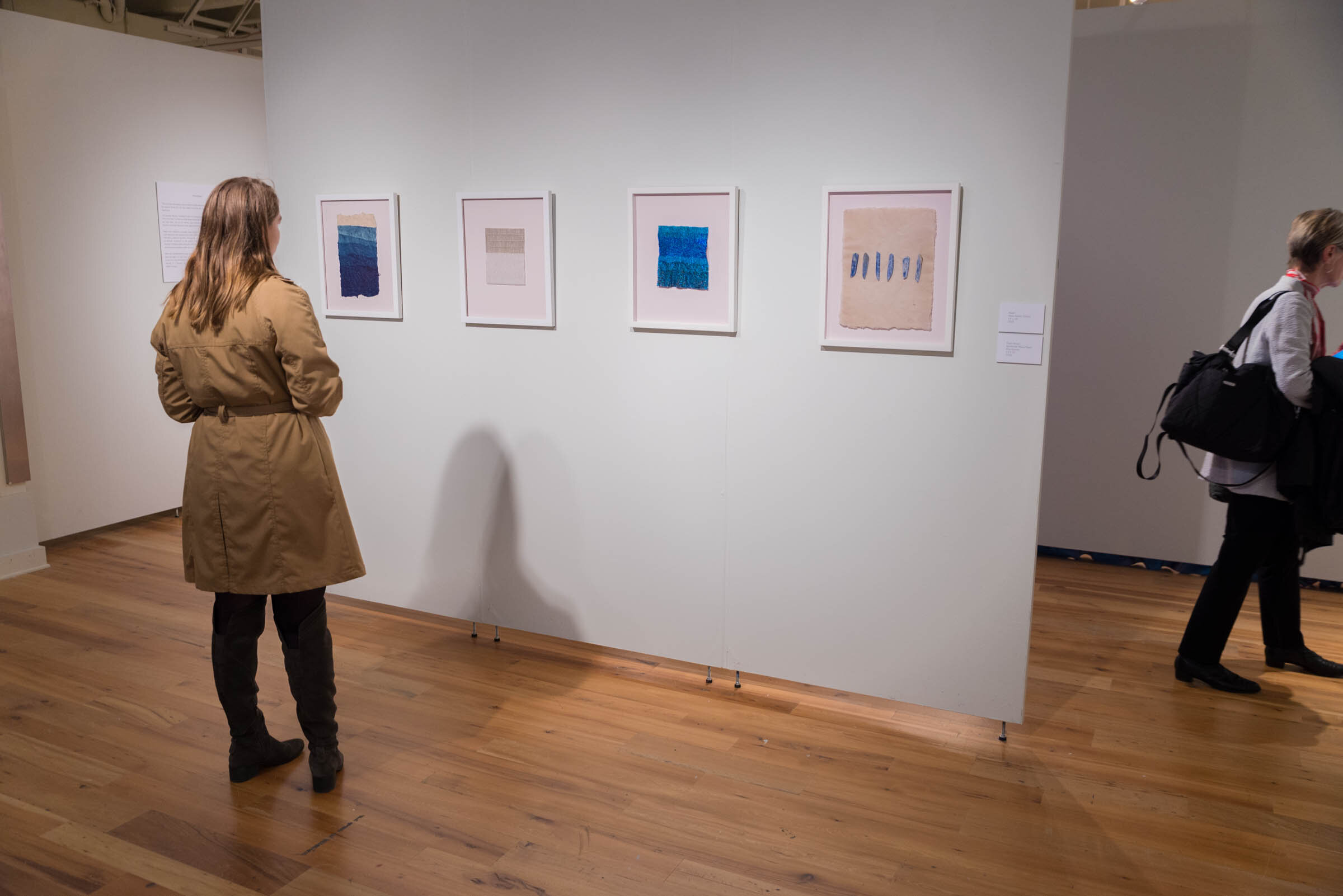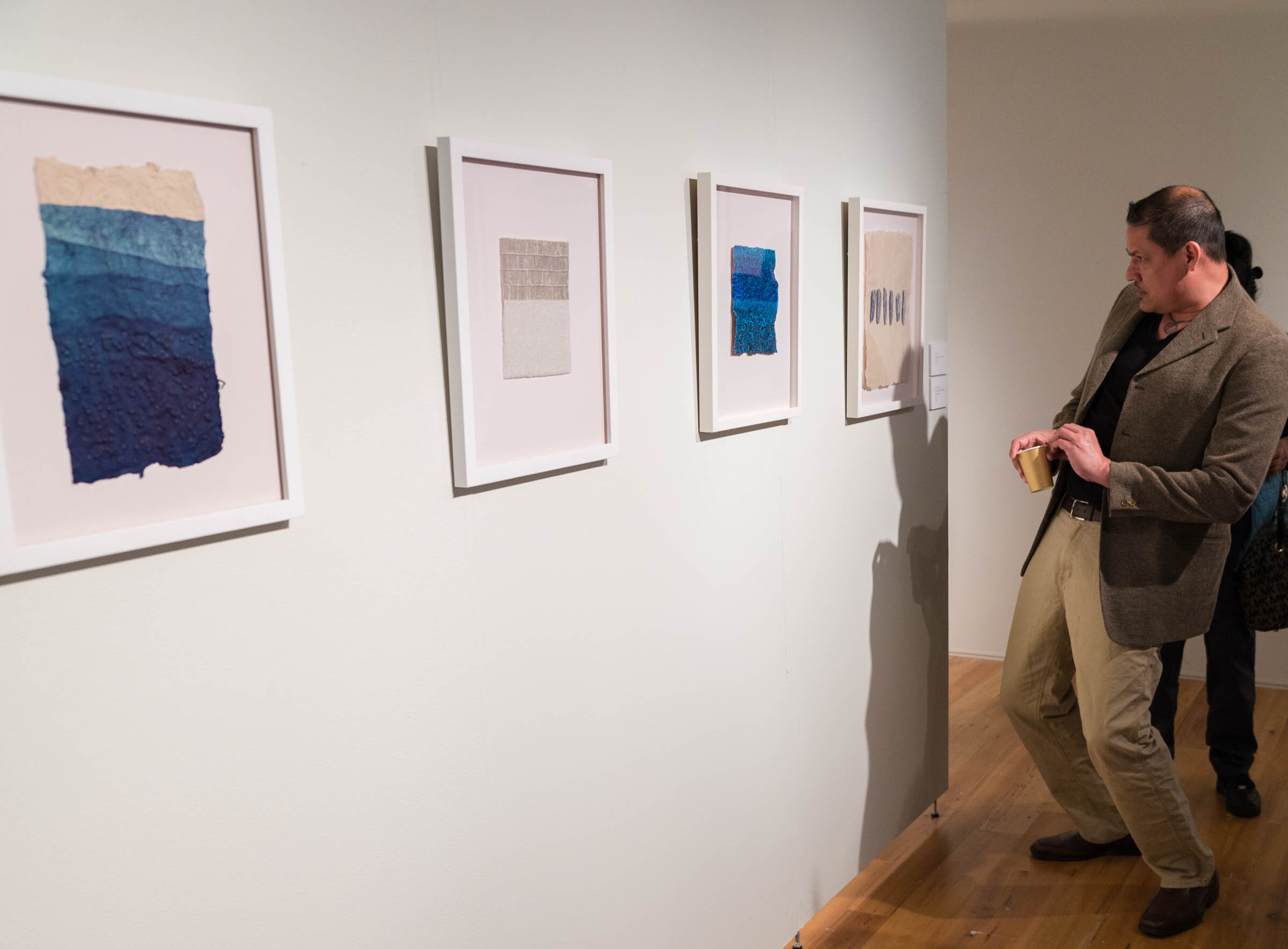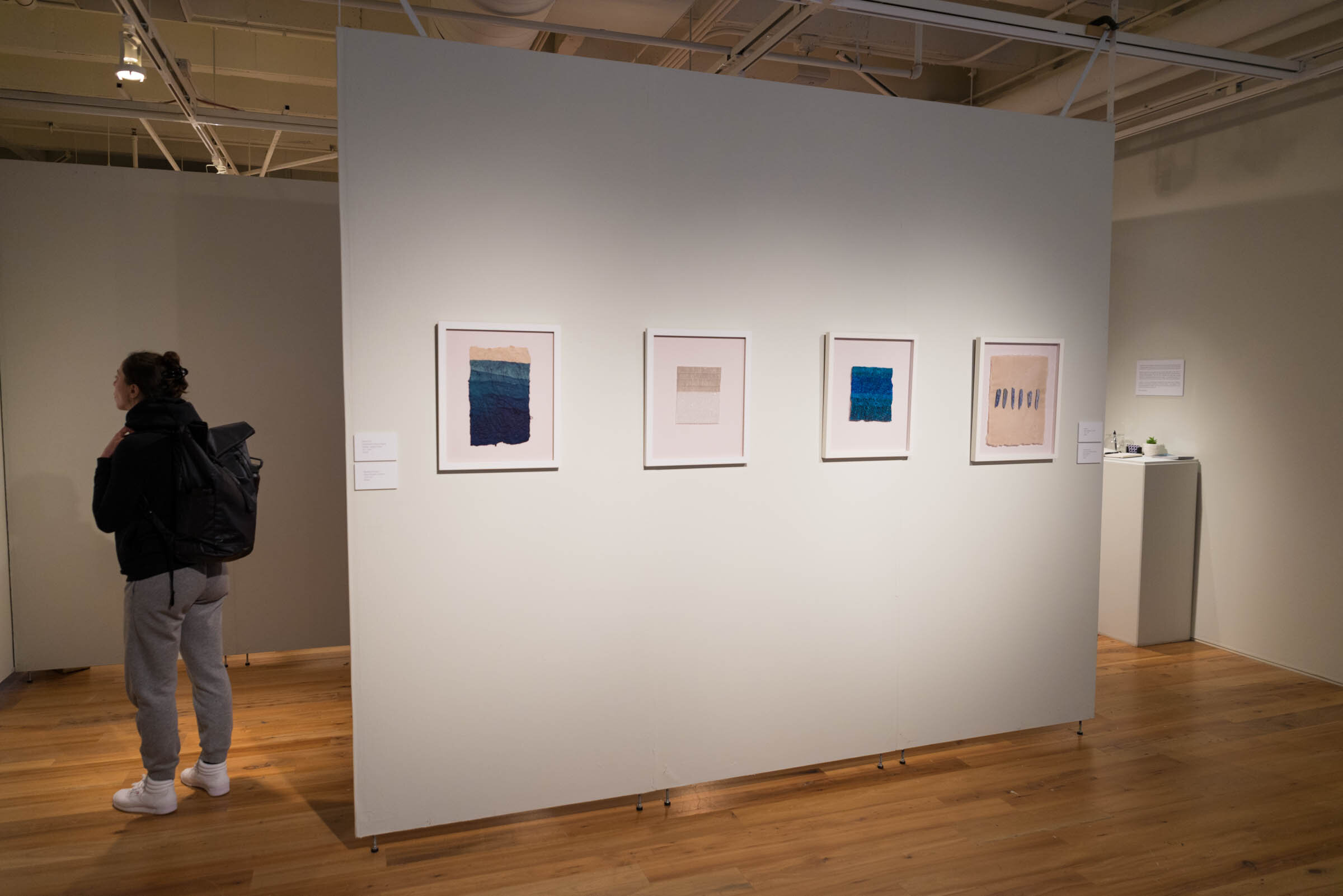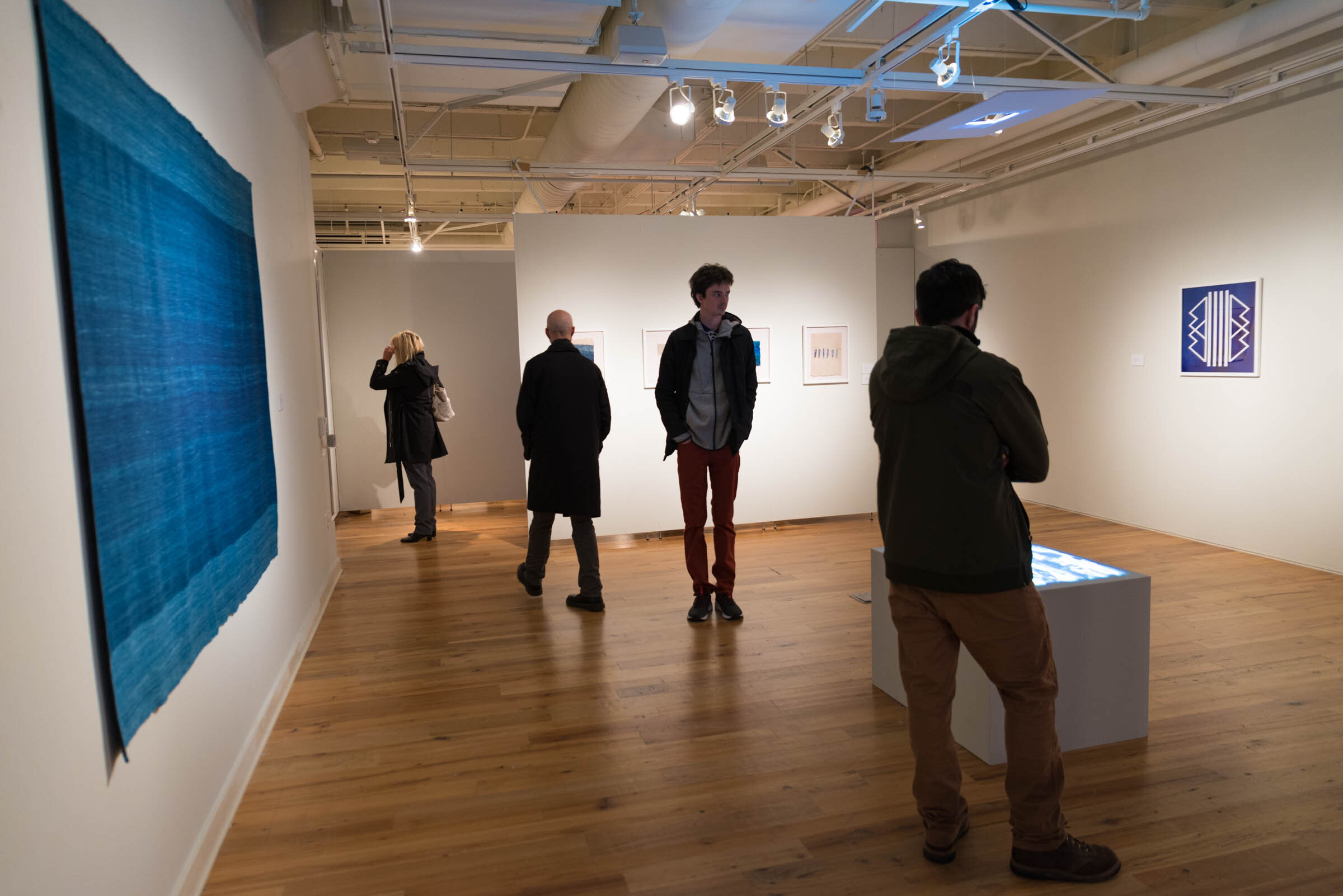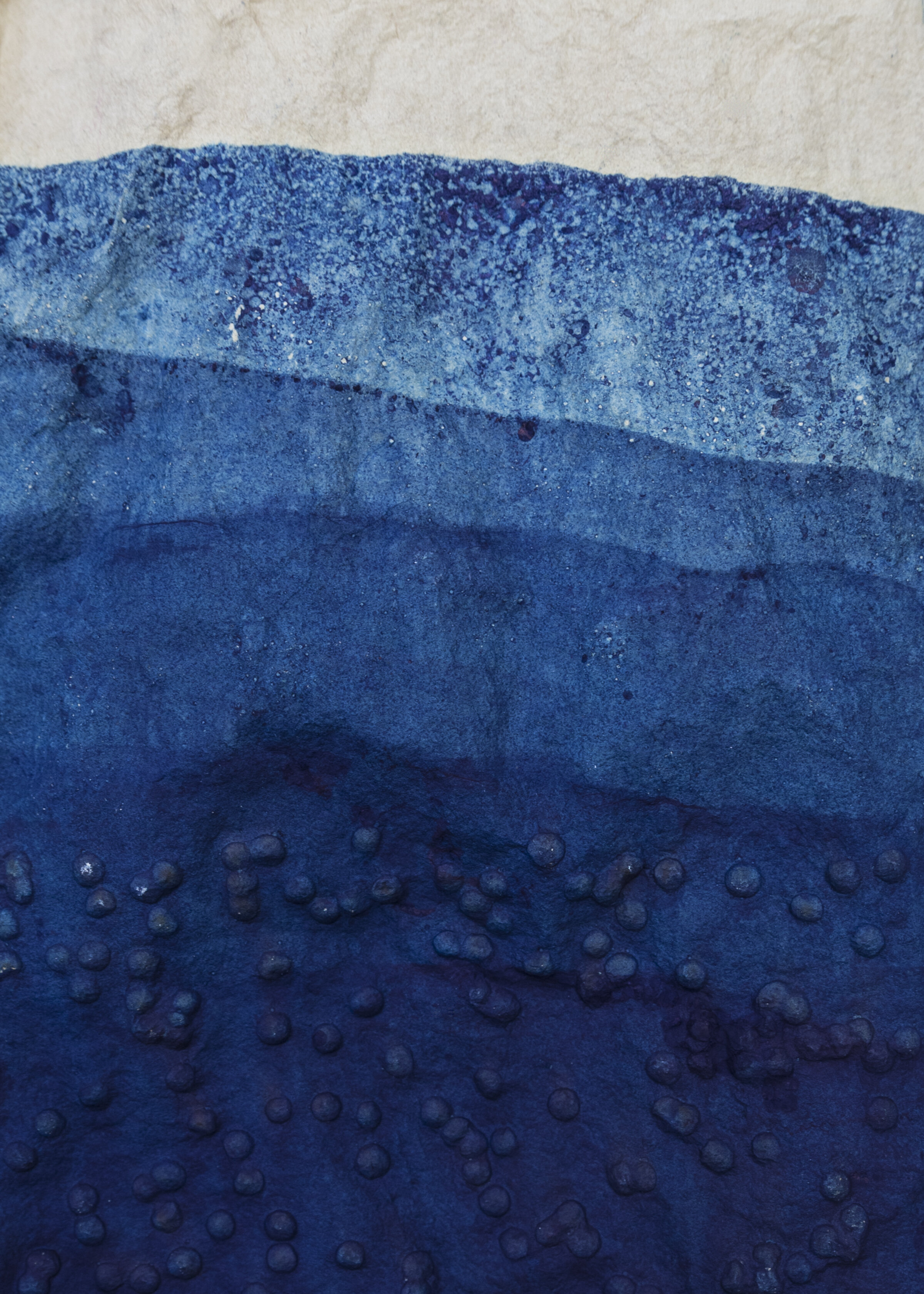“The land that may appear arid and forlorn to the newcomer is full of stories which hold the spirits of the people, those who live here today and those who lived centuries and other worlds ago” Luci Tapahonso
The Dinétah (Navajo homeland) holds the memories and narratives of Diné (Navajo) ancestors within the land. To unfolds these narratives, we must listen with all our senses, and the nááda’iiniihgóó (place) that surrounds us. The yákʼaashbąąh (horizon) and keyáh (land) are never separate entities, they always meet in the distance, when hayííłką́ (dawn) brings the white light of the morning and hiłi- ijįį́ʼ́ (dusk) brings the deep blues of night.
This body of work is an abstraction of keyáh (land) through meditative processes of traditional and non-traditional art forms. What is depicted is the essence of power within keyáh (land), to be united with Dinétah (Navajo homeland), and what it means to be Diné (Navajo). Through this immersion, I recall the relationship as well as spiritual connection to the sacred, a representation of my ancestors through symbolic design elements. These symbols are Na'ashjé'íí Asdzáá (Spider Woman), Dził (Mountain), Tsił nó’ołí' (Whirling Log), and Dįį́ʼ́ (Four) which are inherently embedded within the land while also constantly shifting.
Yákʼaashbąąh (horizon) is the essence of Dinétah (Navajo homeland) through minimized lines and the period between daylight and darkness. This is a line into understanding my Diné (Navajo) identity through the material presence of my work as well as a window to land, memory, and culture that is situated in nááda’iiniihgóó (place).
